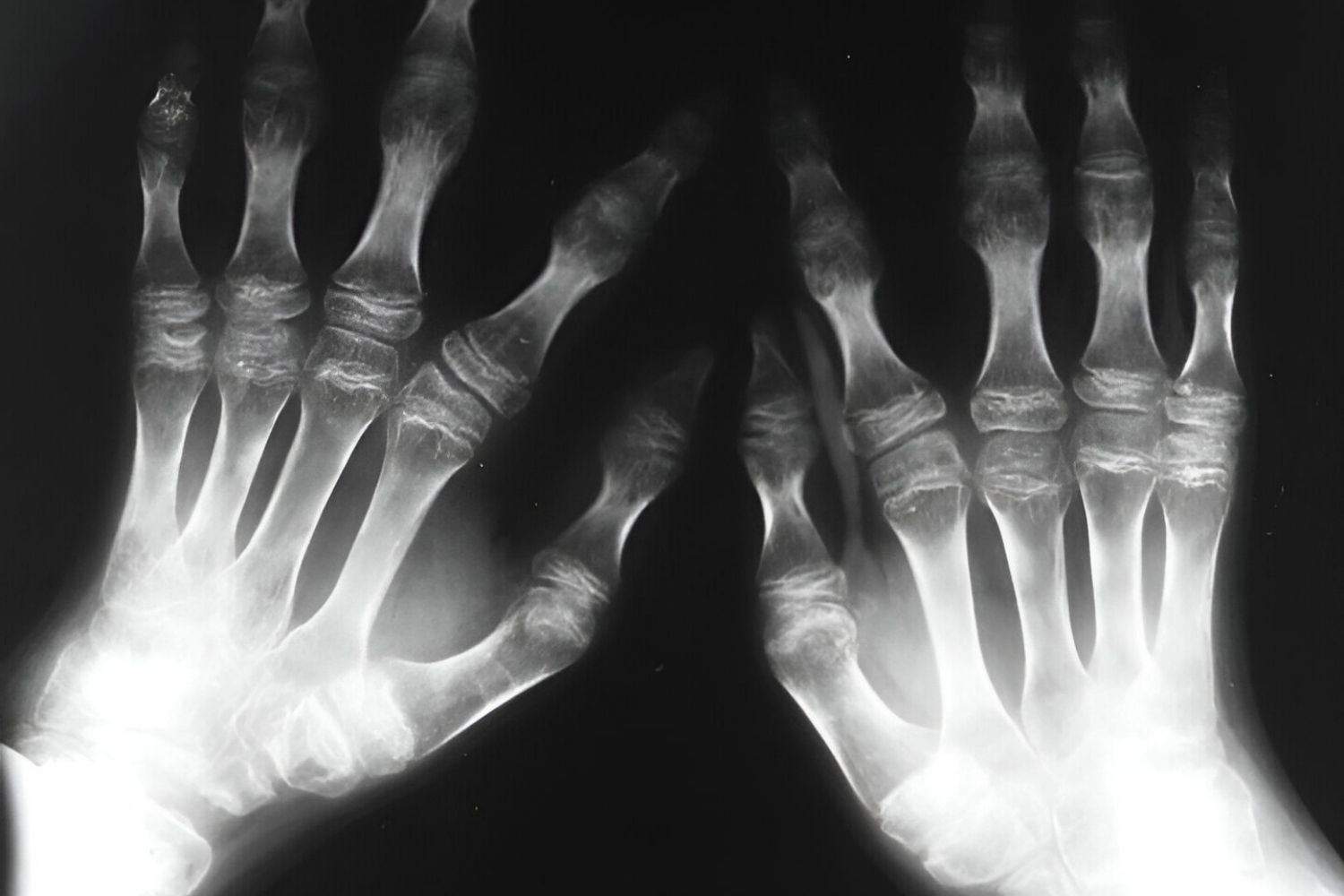
Dyssegmental Dysplasia is a rare genetic disorder that affects bone development, leading to severe skeletal abnormalities. Characterized by short limbs, a small chest, and distinctive facial features, this condition often presents significant health challenges. Caused by mutations in the HSPG2 gene, it disrupts normal cartilage and bone formation. Diagnosing this disorder typically involves genetic testing and detailed imaging studies. Treatment options are limited and primarily focus on managing symptoms and improving quality of life. Understanding the complexities of Dyssegmental Dysplasia is crucial for providing appropriate care and support to affected individuals and their families.
Key Takeaways:
- Dyssegmental Dysplasia is a rare genetic disorder that affects bone development, leading to severe skeletal abnormalities and health complications. Understanding its impact is crucial for managing and supporting those affected.
- Living with Dyssegmental Dysplasia can be challenging, but access to specialized medical care, emotional support, and ongoing research offer hope for improving quality of life and developing new treatments.
What is Dyssegmental Dysplasia?
Dyssegmental Dysplasia is a rare genetic disorder affecting bone development. It leads to severe skeletal abnormalities and other health complications. Understanding this condition can help in managing and supporting those affected.
- Dyssegmental Dysplasia is a type of skeletal dysplasia, which means it affects bone growth and development.
- The disorder is extremely rare, with only a few cases reported worldwide.
- It is caused by mutations in the HSPG2 gene, which plays a role in the development of cartilage and bones.
- There are two types: Silverman-Handmaker type and Rolland-Desbuquois type, both named after the doctors who first described them.
- Symptoms often include short limbs, a small chest, and abnormal curvature of the spine.
- The condition can be diagnosed through genetic testing and imaging studies like X-rays and MRIs.
How Does Dyssegmental Dysplasia Affect the Body?
The impact of Dyssegmental Dysplasia on the body is profound, affecting multiple systems and leading to various complications. Here are some key effects:
- Individuals with this condition often have a distinctive facial appearance, including a flat face and a small jaw.
- Respiratory issues are common due to a small chest cavity, which can lead to breathing difficulties.
- Joint contractures, where joints become permanently fixed in a bent or straight position, are frequent.
- The spine may be severely curved, a condition known as scoliosis.
- Growth is significantly impaired, leading to short stature.
- Some individuals may experience hearing loss due to abnormalities in the bones of the ear.
What Are the Challenges in Managing Dyssegmental Dysplasia?
Managing Dyssegmental Dysplasia involves addressing the various symptoms and complications that arise. Here are some challenges faced by patients and caregivers:
- Frequent medical check-ups are necessary to monitor bone development and other health issues.
- Surgical interventions may be required to correct severe skeletal deformities.
- Respiratory support, such as ventilators, might be needed for those with significant breathing problems.
- Physical therapy can help improve mobility and manage joint contractures.
- Pain management is crucial, as skeletal abnormalities can cause chronic pain.
- Nutritional support is often needed to ensure proper growth and development.
How Does Dyssegmental Dysplasia Affect Quality of Life?
Living with Dyssegmental Dysplasia can be challenging, but understanding its impact can help improve the quality of life for those affected. Here are some aspects to consider:
- Social interactions can be affected due to physical appearance and mobility issues.
- Access to specialized medical care is essential for managing the condition effectively.
- Emotional and psychological support is important for both patients and their families.
- Educational accommodations may be needed to support learning and development.
- Adaptive equipment, such as wheelchairs and braces, can enhance mobility and independence.
- Support groups and communities can provide valuable resources and a sense of belonging.
What Research is Being Done on Dyssegmental Dysplasia?
Research on Dyssegmental Dysplasia is ongoing, with scientists working to better understand the condition and develop new treatments. Here are some current areas of focus:
- Genetic studies aim to identify additional mutations that may cause the disorder.
- Researchers are exploring the role of the HSPG2 gene in bone development.
- New imaging techniques are being developed to improve diagnosis and monitoring.
- Studies on animal models help scientists understand the progression of the disease.
- Clinical trials are testing potential treatments to improve bone growth and reduce complications.
- Collaboration between researchers, clinicians, and patient advocacy groups is essential for advancing knowledge and care.
Final Thoughts on Dyssegmental Dysplasia Glaucoma
Dyssegmental Dysplasia Glaucoma is a rare genetic disorder that affects bone development and eye health. Understanding the symptoms and causes can help in early diagnosis and management. This condition often leads to severe skeletal abnormalities and glaucoma, which can result in vision loss if not treated promptly.
Genetic testing plays a crucial role in diagnosing this disorder. Early intervention and medical care can improve the quality of life for those affected. While there's no cure, treatments focus on managing symptoms and preventing complications.
Raising awareness about Dyssegmental Dysplasia Glaucoma is essential for better support and resources for patients and families. By staying informed and advocating for research, we can hope for advancements in treatment and care. Remember, knowledge is power when it comes to rare diseases.
Frequently Asked Questions
Was this page helpful?
Our commitment to delivering trustworthy and engaging content is at the heart of what we do. Each fact on our site is contributed by real users like you, bringing a wealth of diverse insights and information. To ensure the highest standards of accuracy and reliability, our dedicated editors meticulously review each submission. This process guarantees that the facts we share are not only fascinating but also credible. Trust in our commitment to quality and authenticity as you explore and learn with us.
